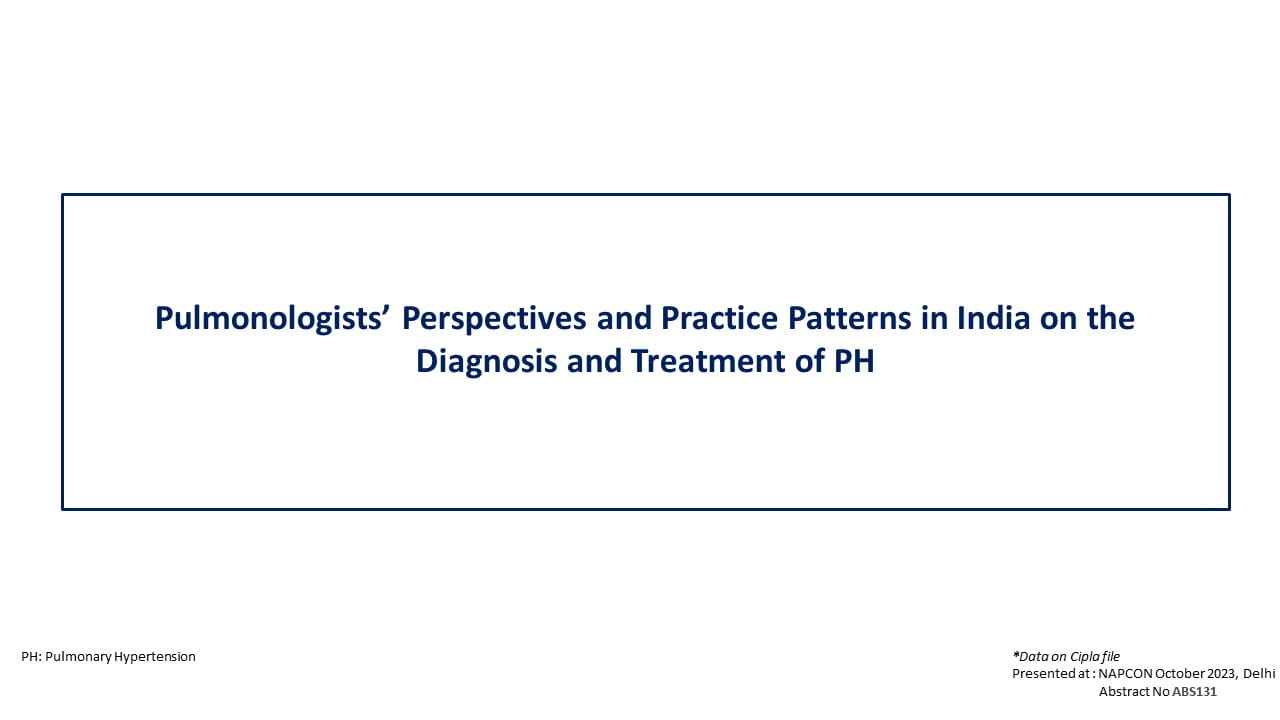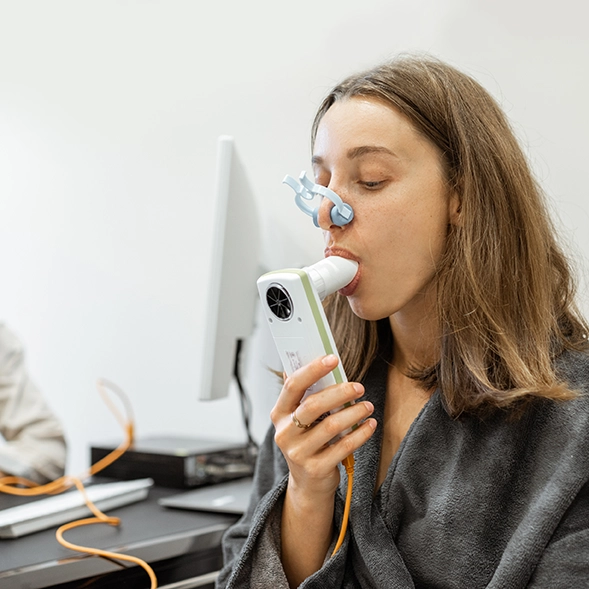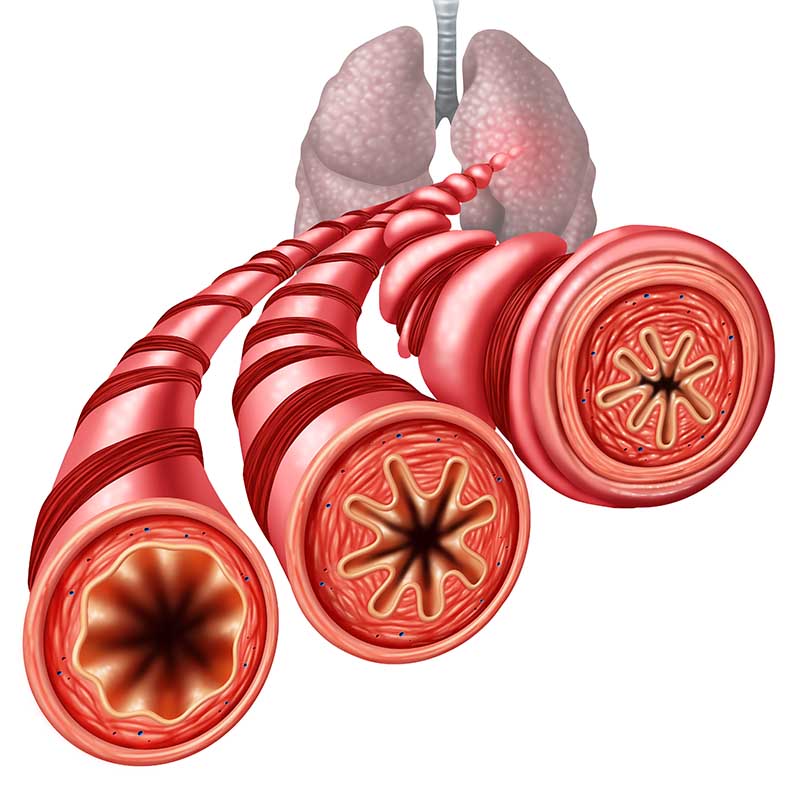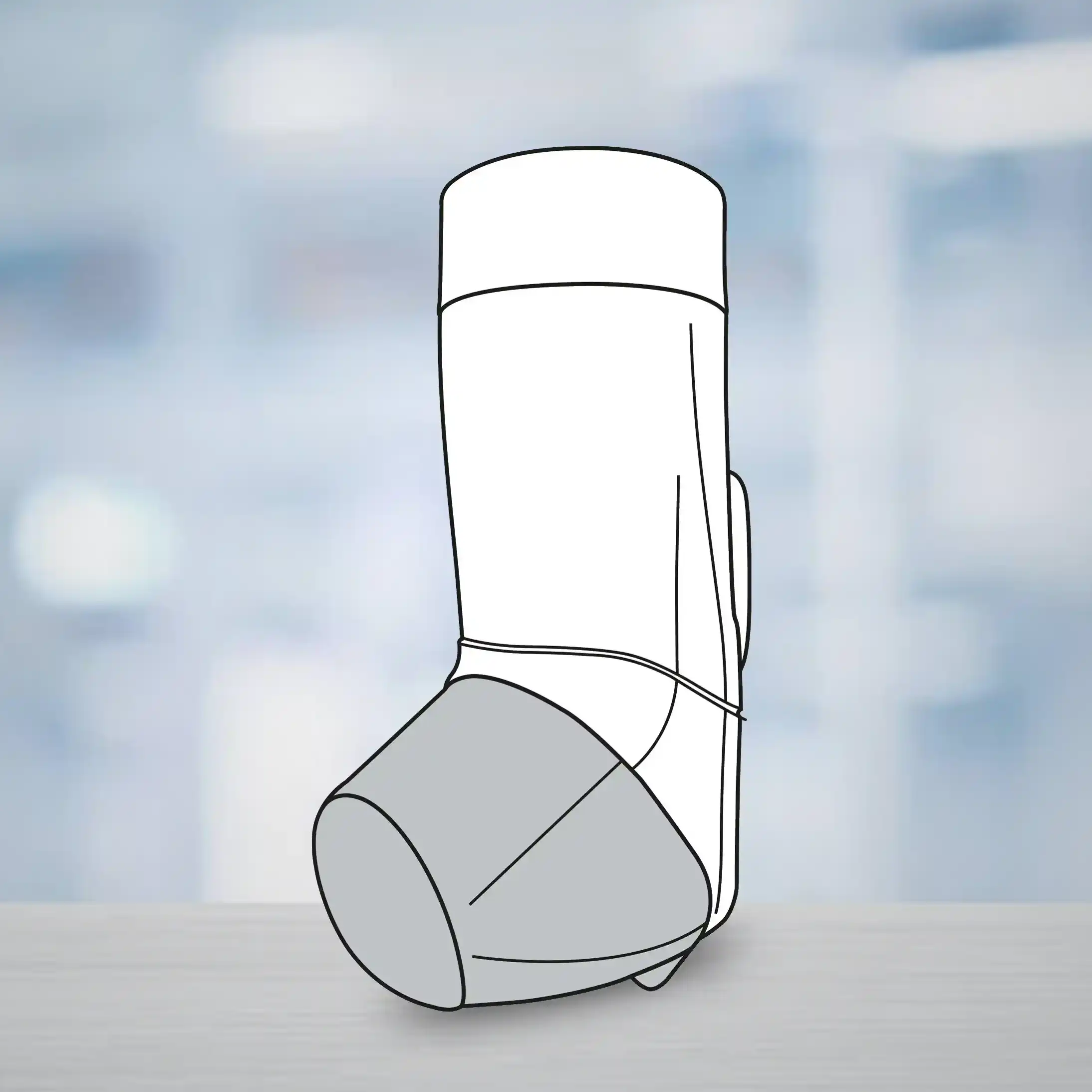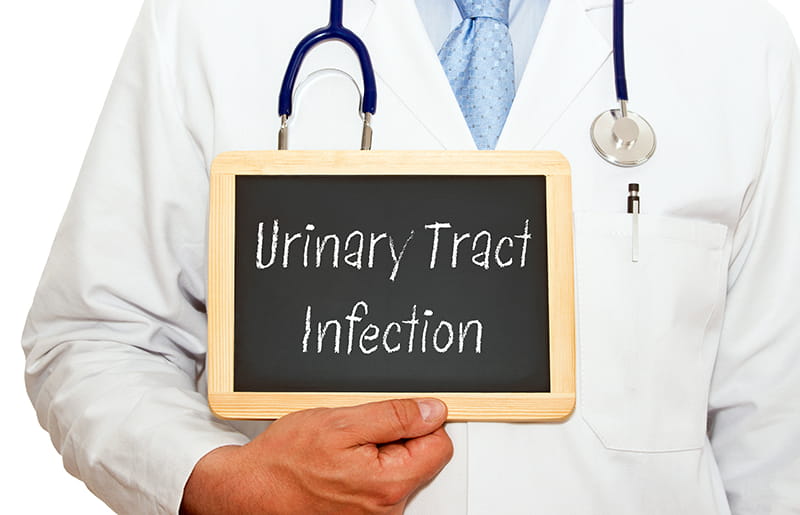Introduction
A significant proportion of men with overactive bladder (OAB) also have benign prostatic hyperplasia (BPH). Antimuscarinics have been the mainstay of pharmacological agents used in the treatment of OAB. However, they have been associated with side effects such as dry mouth and constipation. The β3-adrenoreceptor agonist, mirabegron, has demonstrated comparable efficacy as antimuscarinics and lower incidence of side effects, urinary retention being one of them. Clinical data has endorsed the efficacy and safety of α1 -adrenoreceptor antagonists (α1 -blockers) in the treatment of lower urinary tract symptoms (LUTS) secondary to benign prostatic hyperplasia (BPH). There are various studies that use the combination of agents treating both OAB and BPH.
Aim
To identify publications that compared the use of an α1 -blocker plus mirabegron with an α1 -blocker plus antimuscarinic in men with LUTS secondary to BPH and OAB. The safety and efficacy of these combinations were assessed in a meta-analysis.
Method
Study Design
- Systematic review and meta-analysis
Treatment Strategy
- Systematic review included records from a parallel-group, randomized clinical trial that was ≥8 weeks in duration
- Cohort comprised men with LUTS secondary to BPH and OAB
- The indirect analyses that were identified compared an α1 -blocker plus OAB agent with an α1 -blocker plus placebo
- Relevant records were identified after extensive search using the PubMed/Medical Literature Analysis and Retrieval System Online, the Excerpta Medica Database, the Cochrane Central Register of Controlled Trials, and the ClinicalTrials.gov registry
- A Bayesian network meta-analysis approach was used to compare multiple treatments
- Systematic literature review and meta-analysis was conducted as per the Preferred Reporting Items for Systematic Reviews and Meta-Analyses (PRISMA) guidelines
Endpoints
Primary Endpoints
- Micturitions/day
- Incontinence episodes/day
- Urgency episodes/day
Secondary Endpoints
- Overactive Bladder Symptom Score (OABSS)
- International Prostate Symptom Score (IPSS)
Safety Endpoints
- Incidence of overall treatment-emergent adverse events (TEAEs)
- Incidence of urinary retention, specifically postvoid residual volume (PVR), and maximum urinary flow (Qmax )
Results
- The meta-analysis included 24 out of a total of 1039 records identified
- Four studies evaluated the use of an α1 -blocker plus mirabegron and 20 studies analyzed the use of an α1 -blocker plus antimuscarinic
- No significant differences for all safety and efficacy analyses were noted between the 2 combination regimens
- The α1 -blocker plus mirabegron group had numerically lower incidence of TEAEs compared with the α1 -blocker plus antimuscarinic group; OR 0.59
- The α1 -blocker plus mirabegron treatment resulted in lower incidence of urinary retention (OR 0.19), and greater improvements in Qmax (MD -0.67)
- The improvement in PVR volume was numerically greater with α1 -blocker plus antimuscarinic; MD 8.63
- The α1 -blocker plus antimuscarinic treatment was associated with remarkable improvements in micturitions/day (MD 0.53) and incontinence episodes/day (MD 0.28)
- Urgency episodes/day was comparable across both groups; MD -0.07
- Greater improvements in OABSS (MD 2.67) and IPSS (MD 0.63) were seen in the α1 -blocker plus antimuscarinic group
- The TEAE results were consistent in the Asia sub-analysis
Conclusion
- The efficacy and safety profile of an α1 -blocker plus mirabegron was similar to that of an α1 -blocker plus antimuscarinic in male patients with lower urinary tract symptoms secondary to BPH and OAB.
- Numerically superior results for safety parameters favored α1 -blocker plus mirabegron whereas numerically superior results were noted in few efficacy parameters with α1 -blocker plus antimuscarinic.
Neurourol Urodyn. 2024 Mar;43(3):604-619.


